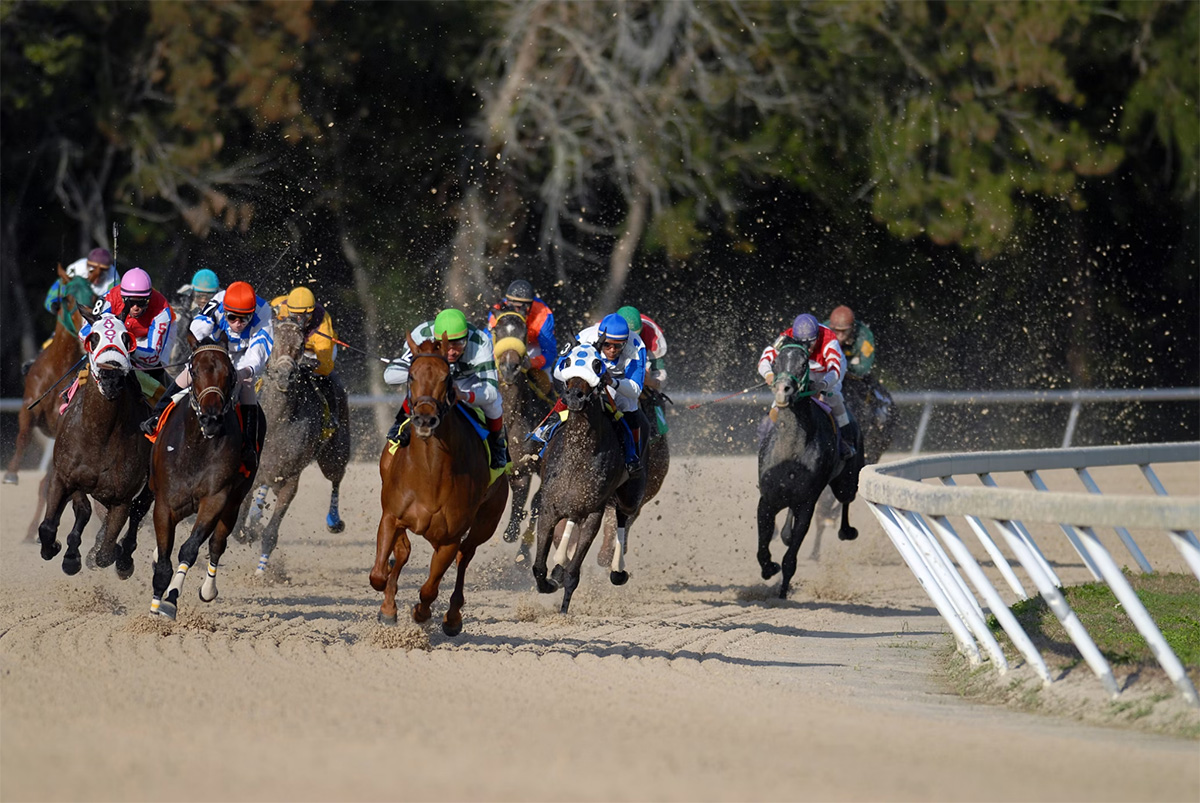
The Belmont Stakes returns to Saratoga Race Course for the second year in a row, reshaping how bettors approach this iconic finale to the Triple Crown.
With the distance now set at 1¼ miles—shorter than the traditional 1½—bettors must recalibrate their strategies. From bloodlines and pace projections to post position trends, success demands more than backing a favorite. In 2025, Saratoga’s unique surface and layout add further complexity. This guide walks through the three angles top handicappers prioritize: pedigree, pace, and position—tools that help separate hype from real value.
Evaluating Pedigree for the Belmont Stakes
Bloodlines offer clues to a horse’s likely performance under specific conditions. At a demanding distance like 1¼ miles, stamina and surface preference become critical.
Stamina Influence in Bloodlines
Some sires consistently produce horses that excel at longer distances. For the Belmont Stakes, bloodlines from horses such as Tapit, Curlin, or Empire Maker have proven reliable. These stallions have passed on both physical toughness and mental composure—traits needed for a testing route at Saratoga.
A closer look at recent contenders like Tiz the Law and Essential Quality shows how pedigree remains a key predictor. Handicappers often analyze not just the sire, but the dam line too, as mares contribute significantly to stamina traits. A well-bred colt with classic distance success in its lineage generally commands more attention on race day.
Dirt Track Proficiency in Lineage
Unlike turf or synthetic surfaces, dirt requires a different style of movement and muscle engagement. Horses bred for turf may show early promise but often fail to maintain pace on deeper, looser dirt tracks like Saratoga’s. Evaluating prior generations for dirt-specific success—especially at Grade I level—is vital. If a horse’s full siblings or close relatives have run well at Saratoga or Churchill Downs, it’s a strong signal that the horse may handle the Belmont surface similarly.
Pace Projection: Understanding Running Styles
In horse racing, how a race unfolds can matter more than raw talent. Understanding pace scenarios helps bettors identify which horses are best positioned to benefit—especially in deep, demanding races like the Belmont Stakes.
Early Speed vs. Closing Power
The 1¼-mile distance typically encourages a more measured early pace, especially when run at Saratoga. Horses that blast to the front often face fatigue in the final furlong, while deep closers risk being too far back. That’s why pace versatility matters. Horses who can settle mid-pack and make one decisive move tend to excel. Reviewing Brisnet or Timeform pace figures can help identify whether a horse consistently runs to its preferred style or struggles under pressure.
Past Races as Pace Templates
Pace projection also involves comparing previous performances across similar fields. For example, if a colt faced multiple speed horses in a prep race and still managed a strong closing kick, it suggests suitability for a similarly structured Belmont field.
Conversely, a horse that benefited from a soft lead may not find that luxury on June 7. Watching race replays, noting internal fractions, and identifying where each horse started their move helps inform expectations.
Position Matters: Post Draws and Gate Advantage
The post draw doesn’t decide the race, but it can shape how a jockey executes a plan. Saratoga’s configuration adds new complexity, especially with the shorter run into the first turn compared to Belmont Park.
Inside Posts and Tactical Challenges
Drawing the rail or inner gates can be a double-edged sword. While it may save ground, it also risks being boxed in early. Horses breaking from inside often need early tactical speed to avoid traffic issues. In a field with multiple pace types, horses from posts 1 through 4 may be forced to either send hard or check back, both of which can compromise finishing strength. Bettors should watch how their preferred horse handled tight quarters in past races.
Middle and Outside Gates
Wider draws offer more flexibility—especially for stalkers or off-pace runners. From posts 5 to 9, jockeys have more room to maneuver without getting caught in the early rush. Still, posts beyond 10 can be a liability if the field breaks unevenly. Horses from the far outside often cover more ground, and Saratoga’s first turn comes up quickly. Knowing a horse’s ability to break alertly and maintain position helps mitigate concerns around gate assignment.
Applying the Angles in 2025
With contenders like Sovereignty and Journalism in the mix, handicappers must blend these variables effectively. Sovereignty, the Kentucky Derby winner, skipped the Preakness and is training sharply. His pedigree suggests stamina, and his tactical speed gives him an edge at 1¼ miles.
Journalism, on the other hand, closed strongly in the Preakness but may need pace help. If drawn wide, his running style could still suit Saratoga’s long stretch. Both have credentials, but their exact gate draws and workout reports will sharpen or diminish their appeal.
Some bettors also look to horses exiting races like the Peter Pan Stakes or Blue Grass Stakes as indicators. The spacing between those races and Belmont allows time for recovery and strategic training. Past winners have used both routes, depending on barn style and individual horse conditioning.
Handicappers also factor in jockey decisions and trainer patterns. For instance, if an elite rider like Irad Ortiz Jr. takes a mount over another, it signals confidence. Likewise, if a trainer has a strong Saratoga record, especially in route races, it’s worth noting. Combining all these signals with pace projections and pedigree profiles is how sharp bettors build their Belmont tickets.
Where It All Comes Together
The 2025 Belmont Stakes is set to deliver intrigue from every angle—venue, field, and format. With the lineup expected soon, now is the time to refine strategies. Whether you're drawn to a blueblood colt with tactical speed or a late-running outsider with proven grit, the winning ticket likely hinges on a balance of pedigree, pace, and post. History may not repeat itself, but it often rhymes. Smart betting starts by studying the rhythm.
There are more interesting articles in our section on Racing & Wagering.














